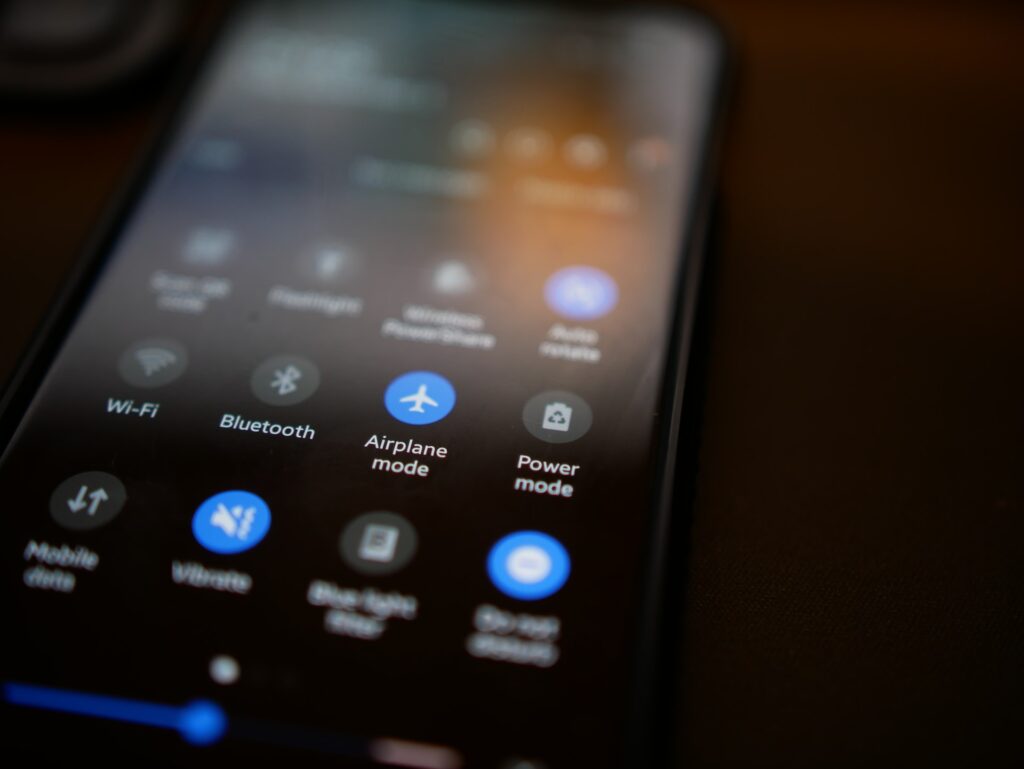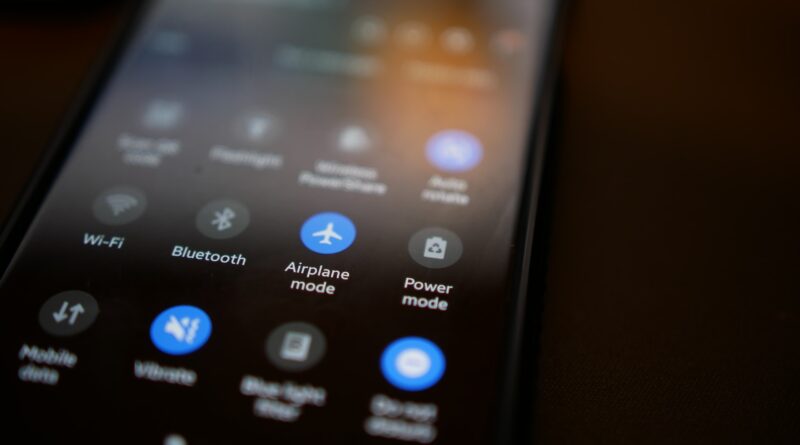Patient Engagement with Bluetooth RPM Services
JADCOM Media posts and/or links to retailers can be advertising, sponsored, or affiliate links.
We may earn a small commission from them. Thank you.
Patient engagement is fundamental in the relationship between healthcare providers and their patients. Effective communication is important for giving people the care they need to live happily and healthily.
Healthcare organizations often use tools like online patient portals connected to health systems to help them communicate with the care team and improve patient experience. One way providers can monitor their patients for better patient outcomes is with Bluetooth RPM (remote patient monitoring) services.
What Are Bluetooth RPM Services?
RPM is a way for care partners to check on patients who can chat from their homes. RPM and tele-health overall have become more prevalent during the COVID-19 pandemic.
This method provides caregivers a more active role to manage patients’ acute or chronic disease conditions. Devices are used to collect data on their health conditions and send it to their healthcare provider for better health outcomes.
Bluetooth has made RPM services much more manageable for better outcomes. A patient can have a device, such as a glucose monitor or weight scale, with Bluetooth capabilities.
For example, whenever someone checks their blood sugar or weight, the gadget will send the data to their doctor as long as the Bluetooth device connects to the Internet. It should have automation features to send the information without human effort, so older people can stay safely at home unless more urgent care is needed. These patient engagement strategies can lower costs and improve quality of care.
Why Are Bluetooth RPM Services Important?
Patients leaving a health care facility typically need somebody to check on them for follow-up care as part of their care plans. RPM gets them one step closer to recovery. You can communicate with patients more often between each medical appointment and better understand each person and what they need for care and treatment options moving forward.
RPM services are critical for patients as they get older. Seniors are at a higher risk for diseases and may have a more challenging time getting around, and they may only be used to doctor’s office visits a handful of times yearly.
However, RPM services make year-round care possible. These methods help doctors collect more data and comprehensively view a patient’s health. They can determine if readings are abnormal and if further examination is needed.

What Are the Benefits of Bluetooth RPM Services?
Bluetooth RPM services have become pivotal for doctors to engage their patients in a pandemic-stricken world. They have improved patient satisfaction during the care experience for those with chronic conditions. These are some of the benefits you will find with them:
Lowered COVID-19 Risk
The pandemic has changed the lives of nearly everybody worldwide. The COVID-19 virus has been spreading for almost three years, causing drastic changes in how caregivers, healthcare professionals, and the healthcare system overall think about patient engagement.
Bluetooth RPM services allow immunocompromised patients to stay at home for tele-health care. Masks and vaccines work, but these patients can keep themselves safer this way.
Fewer Hospital Visits
COVID-19 has caused crises nationwide with fewer hospital beds available in the healthcare industry. Bluetooth RPM services can improve care decisions and reduce the number of emergency visits for patients.
Instead of going to the hospital, they can use RPM to stay in contact with their health care provider, helping to communicate their medical needs. From there, the doctor can decide if someone’s condition warrants a hospital visit for more in-depth healthcare services. If not, they can stay at home.
Shorter Hospital Stays
RPM services can cut down the time someone needs to stay at the hospital. Sometimes, a facility will keep a patient for a few days to monitor them. However, Bluetooth RPM can allow someone to go home early if they can bring a monitoring device with them to track their own care.
This technology can improve the treatment plan, benefit the patient, and the entire health care facility due to the negative effect of COVID-19 on hospitals.
Rural Outreach
Reaching every patient possible is critical for healthcare providers, though it’s not always possible. Some people live far away from the nearest provider and can’t make regular trips to a doctor’s office.
Bluetooth RPM services help people in rural areas get the care they need all year. Getting to a health care facility can be expensive with gas prices, so RPM services are a way for patients to save time and money.
How Can RPM Drive Patient Engagement?
Engaging patients in healthcare can be difficult, but as a patient engagement strategy, RPM has changed the world by breaking down obstacles to specialized treatment. Despite its challenges, RPM has many benefits that make communication and monitoring easier for the doctor, caregiver and patient.
You can use these four best practices to drive patient engagement with Bluetooth RPM services:
1 Onboarding
The first step in the process is among the most critical. This care system could be the first time your patient uses any remote system or technology to keep up with their health.
From the beginning, health literacy is vital. It is important to teach your patient how their effort is part of the equation to maintain a quality line of communication between themselves and their doctor. It becomes a key part of their medical records.
Healthcare leaders should start by teaching patients how to use Bluetooth RPM devices. This task can be challenging, but helping your patient stay engaged with easy-to-use gadgets can create and maintain effective services.
You could have them do their first session in the physical office. The health care provider can show you and your patient how to use the devices. A hands-on demonstration with practice can help care partners and their patients by ensuring everybody is on the same page with operating RPM.
2 Tailored Care
One of the most significant benefits of Bluetooth RPM services is the ability to specialize care for each patient. Customizing an individual plan can increase engagement by helping them feel like someone cares for them. You should start with the devices themselves to build a personalized plan.
There are multiple possibilities for communication with RPM engagement. The patient could talk on the phone, use video calls or communicate with text messages. The health care provider should consult with them and their caregiver to see which mode is best.
The superior option will be the one that engages the patient the most.
The devices used to communicate are essential, and the monitoring devices are also critical to success. Some patients, especially older ones, may want something as simple as possible with no frills. Complicated technology can confuse or frustrate them. Fortunately, you can find easy-to-use RPM gadgets that only require one button to produce a reading. The device will then send the data automatically. The patient doesn’t need to do anything further.
3 Employee Allocation
Getting patients on board with Bluetooth RPM services is just one step. The next falls on the shoulders of healthcare providers. Some automation is involved, but facilities still need to allocate staff and resources to monitor patients.
Staff members distracted by other duties may give insufficient attention and care to patients with remote services. Having employees designated to RPM services can help drive patient engagement. Some people need more attention than others, but health care providers can still divide patients equally among the team. Giving proper attention to everyone using RPM is crucial for maintaining the service.
4 Relatable Voices
In health care, biases based on race and gender have had adverse effects for generations and continue today. For example, studies as recently as 2021 show doctors did not prescribe pain medication to female patients because they weren’t taking the reported problem seriously. However, doctors prescribed medicine to men more often.
Many doctors provide excellent patient care, but some may unintentionally have personal or cultural biases against others. Assigning which staff members get which patients can be a critical step in RPM. Patient engagement is likely to be higher if they have a provider who looks more like them and can understand them and their family.
Effective Modern Health Care
The pandemic has changed the way people view health care. Advancements in technology allow people to get effective personalized care at home and keep themselves safe from transmitting or receiving COVID-19.
Bluetooth RPM services help doctors monitor their patients remotely, leading to less crowding in hospitals and other health care facilities. Providers can use these four ways to establish and drive successful patient engagement.
About the Author

Beth Rush
Beth Rush is the Managing Editor and Content Manager at Body+Mind.
Body+Mind features articles about diet, fitness, mental health, parenting and health care.
Be Our Next Contributor!
If you would like to contribute to JADCOM Media in one of our existing sections – or would like to create a new one – review our Guest Contributor Guidelines. JADCOM Media’s web properties cover a wide range of topics and one of them might be just right for you!



